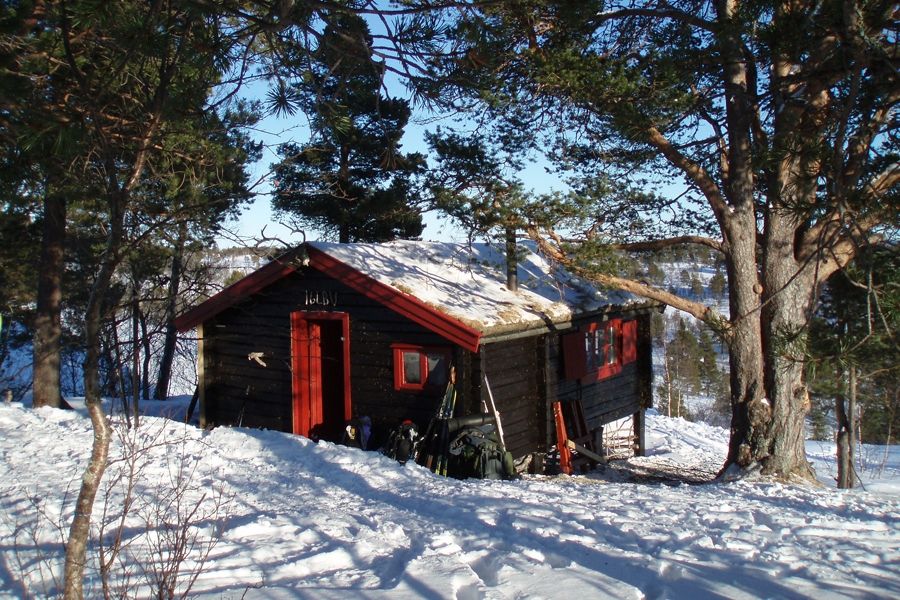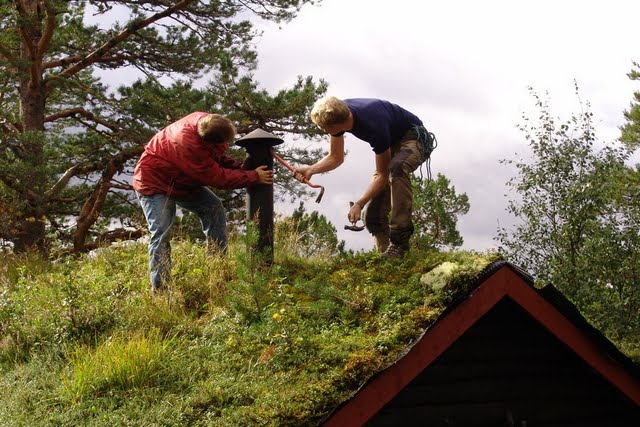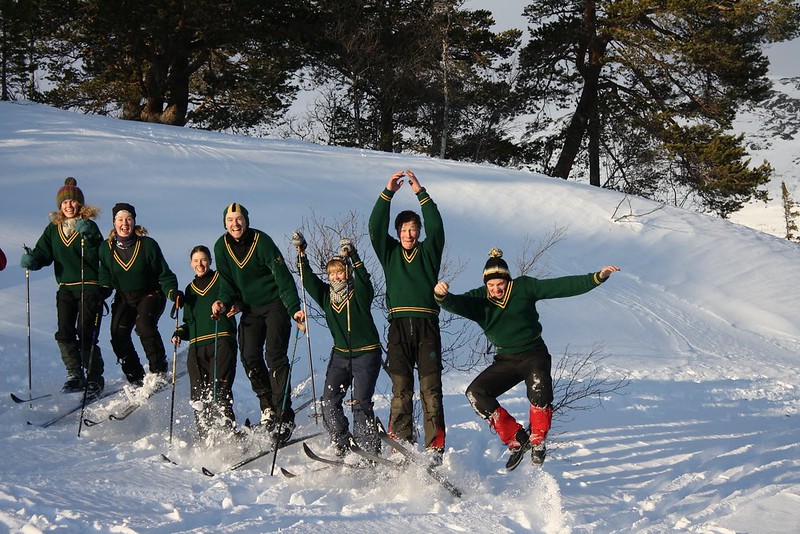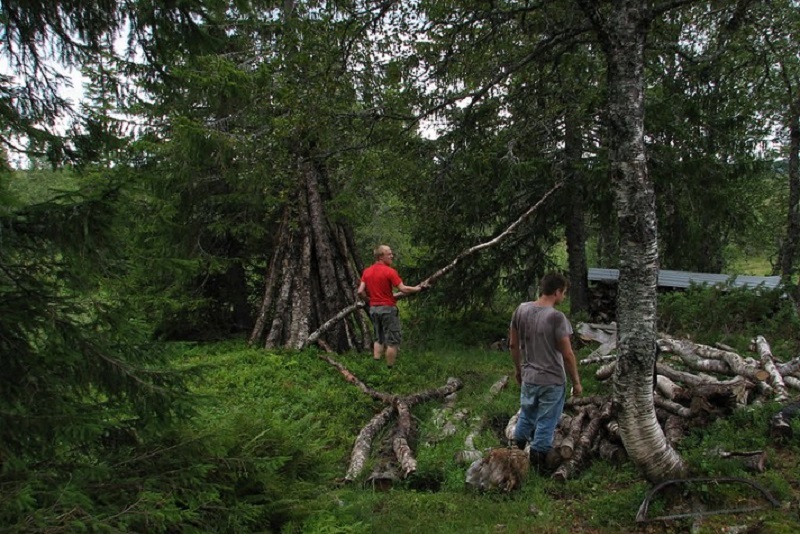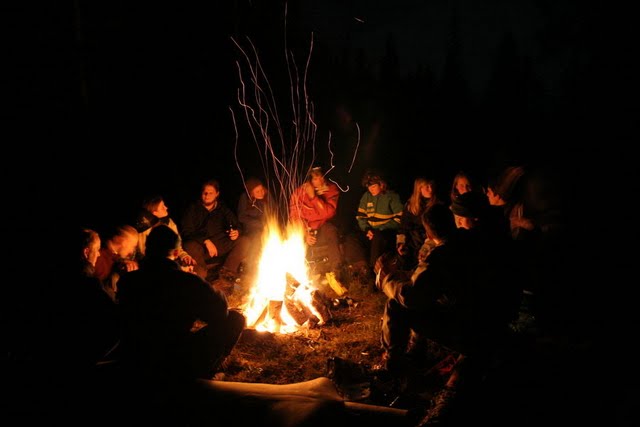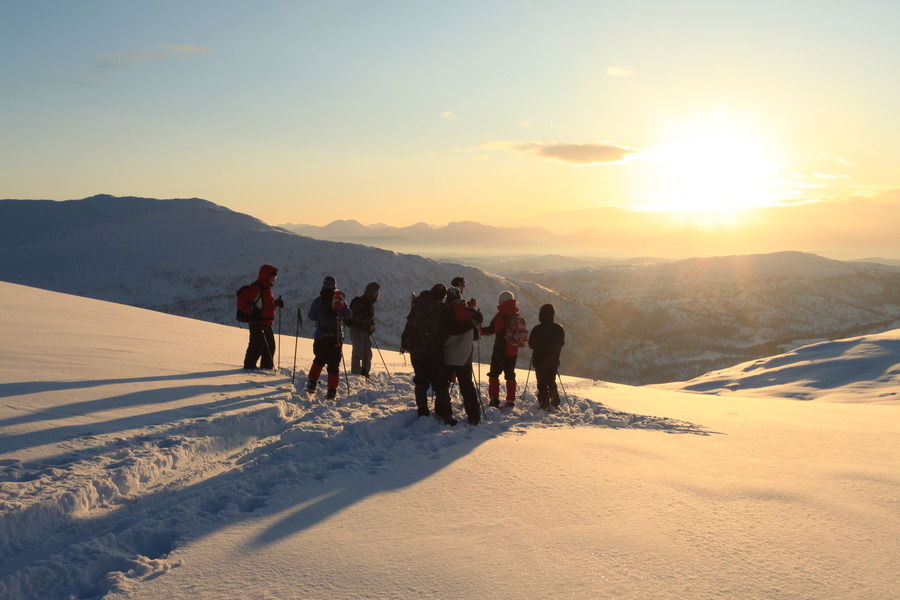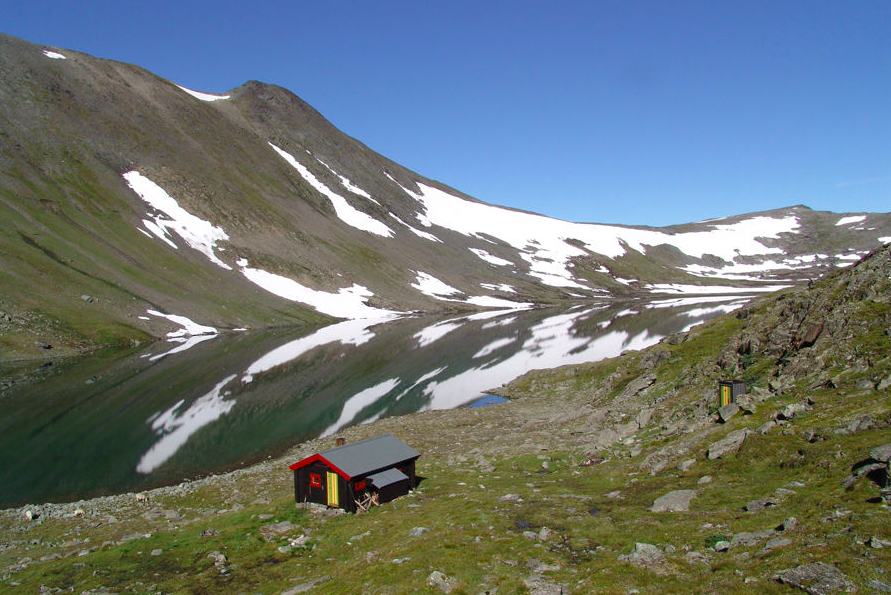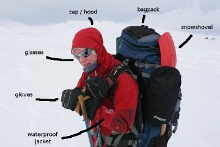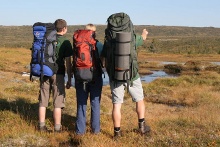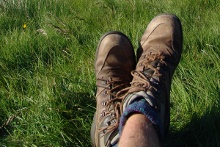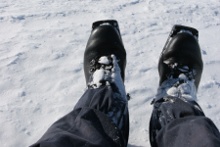Important information before a cabin trip
Be prepared for rain, snow and wind! Wear waterproof clothes and shoes and have warm clothes and an extra set of clothes in your
backpack. Bring sunglasses, snow is brighter than you expect in sunny weather. Do not underestimate the need for proper equipment,
and don't use sneakers!
If you do not have good enough equipment, NTNUI Bumerang rents out equipment to NTNUI
members for free! Make sure to book what you need in time, as the amount of equipment is limited.
Clothes
Inner layer:
- Woollen underwear
- Fleece sweater
- Woollen socks
Outer layer:
- A warm cap and/or Buff
- Wind-/waterproof jacket and trousers
- Windproof gloves/mittens
- Sunglasses
Tips & Tricks about clothing
Wool has the function that it contains a lot of air. This air will work as insulation and will keep you warm and at the same time it transports the sweat away from your skin. Due to this, wool will keep you dry and warm, even in wet conditions. Fleece is not as warm as wool, but is a far warmer fabric than cotton, which is totally unsuited for use in the mountains.
In windy conditions (very common in the mountains), a jacket with a windproof hood is recommended (30% of the body heat is lost by the head and neck).
The mountain sun can be very strong, use sun lotion and sunglasses that cover your eyes well.
Remove some garments if you feel too warm. A warm body produces sweat, and water leads cold eight times better than air. Walk 10-15min and then decide whether to remove layers or not.
Backpack packing list
Clothes:
- Warm pullover
- Extra gloves/mittens
- Extra cap
- Extra undershirt and trousers of wool
- Extra warm socks of wool
- Extra underwear
- Warm sleeping bag
Equipment:
- Candles (not tealights)
- Butan/propan gas
- Toilet paper
- Knife and/or a sharp multitool
- Emergency-aid-equipment
- Headlamp
- Snow shovel (to create emergency shelter/find the door)
- Matches
- Skies (min 40mm wide)
- Ski poles
- Drinking water to go
- Thermos
- Drinking cup
- Ski wax
- Sleeping mat
- Shoes/warm socks and warm clothes
- Raisins, nuts, chocolate, biscuits etc.
- Money for bus and toll roads
- Toiletries, such as toothbrush/-paste, etc
Tips & Tricks about equipment
Drinking water for your stay at the cabin don't need to be carried in the backpack since it can be found nearby all cabins (except
Øvensenget), in small streams, rivers or lakes. During winter, it is often worth the effort to dig a big hole in the snow down to a
water source. Especially when you are a big group, it is hard to get enough water from just melting snow. If you end up with the
latter solution, always keep a pot with snow on the stove to utilize the heat from the fire.
Put clothes, sleeping bag, toilet paper, matches, camera etc. in plastic bags so they don't get wet. The sleeping bag should be
suitable for temperatures below 0°C.
Your drinking water may freeze. Keep it inside your jacket, close to your body, or use a thermos bottle. Remember to drink at
intervals while walking. When you walk you sweat, but in wintertime you don't feel it the same way as in summertime because of the
cold. You can never drink to much! It is recommended to bring band-aids, gauze and sports tape. Thick lotion with a small density
of water is good as protection against dry hands and cold. Ask at Apoteket.
You don't need to bring all types of ski waxes. A couple is often enough. The waxing zone on skies is from your heel and 40-50cm
forward.
Keep batteries warm. A cold battery doesn't work well. Bring extras with you.
Real candles give much more light (and less waste) than tealights.
If you have to dig yourself into the snow (remember that break-ins into cabins nearby is not allowed!), you will need a snow spade.
It might sound extreme, but the mountain does not show any respect. Inside the snow you will be able to maintain temperatures above
0°C.
A Faroese saying says 'A man without a knife is a man without a life!'
Backpack basics
The backpacks sold today have a lot of possibilities for adjustment to your body. Read the user manual for your backpack or ask the salesmen before you use a new backpack for the first time. There are some general tricks you can do to make your backpack more comfortable to carry.
- Distribution of weight
The heaviest things are best to put in the bottom, close to your body. Then you fill it in layers with the lightest things on the top. Distributing the weight equally on the sides makes the backpack more stable. - Distribution of equipment
Large walking backpacks have one compartment in the bottom, a bigger one in the middle and a small one in the top. Some also have pockets on the sides. Use them and avoid carrying equipment (plastic bags etc. which may be damaged or ripped) strapped on the outside of the backpack. Drinking bottles, cameras and ski wax (for example) shoulb be easy to get to when you need it. Put them on the top or in the side pockets. A warm sweater of wool or an extra jacket is good to have when you stop for a break. Put it under the top together with extra mittens/gloves.
Footwear and skis
Summer
Only a few cabins are accessible directly by roads or paths. To all the others you need proper and waterproof footwear with a robust sole. Only shoes with a sufficient height made in leather and/or with a Gore-Tex membrane will keep your feet dry during the trip. Wet shoes will quickly get cold and normally won't dry overnight in a cabin.
Winter
Ski boots of leather or soft plastic is to prefer for longer walks. Hard plastic boots (for downhill skiing etc.) might be uncomfortable after some kilometres, and are not recommended for cabin trips! Snowshoes might be comfortable when you are climbing in steep terrain, but for longer walks in high snow with a heavy backpack it's not recommended. However, if skis are a no-go for you, snowshoes are still much better than leaving without any winter equipment!

Skis
In Norway, the following ski types are common: Langrenn (cross-country), Turski (back-country), Fjellski (mountain) and Telemark (telemark). Preferably, you should avoid cross-country skis since those are too thin for soft snow and have no steel edge. On the other hand, wide telemark skis are often too heavy and not comfortable on the way to the cabin. However, these types are still much better than going without skis, which is definitely not recommended!

